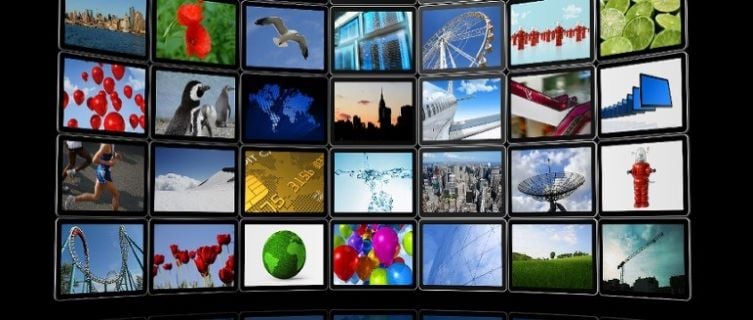Boost your global appeal with video marketing
The future of video marketing is here! In fact, a recent survey discovered the 74% of consumers prefer to learn about a product or service by watching a video, while only 13% rely on written content. As a medium that naturally grabs a viewer’s attention and encourages engagement, video marketing has become increasingly responsible for generating leads.
Marketers that use video in their promotional activities can realize countless benefits, including:
-
- Up to a 300% increase in click-through rates by including a video in an email
- 92% of mobile video consumers share videos with others
- 90% say that product videos are helpful in making purchasing decisions
- Conversion rates increase by 85% when a video is including on a landing page
- 41% more web traffic is generated when videos are used
With video the primary form of media in 2019, the benefits of videos are undeniable. However, what many marketers don’t take into consideration is that when videos are used across international borders, the video will need to be adapted for each target market.
What you need to know about using video marketing on a global scale
Wouldn’t it be nice if you could use the same video to market your products to potential buyers in all of the countries that you have a presence or want to enter? Unfortunately, because of cultural and linguistic differences, that’s not always possible. And when you add imagery and audio into the mix, another layer of complexity is added to the translation process.
With video marketing becoming the most effective form of marketing used today, you need to ensure that the videos you create have wide global appeal. Here’s a few tips to help you maximize your video marketing plan so that you can reach a wider net of prospects.
Tip 1: Be sure your video marketing plan includes globalization
Before producing a new marketing video, be sure that your plan incorporates its use on a global scale. This approach allows you to cater your message – both verbal and nonverbal – to a variety of demographics, without having to reproduce the video for each region.
Why should you pay close attention to nonverbal cues when planning a video? Nonverbal cues can have a significant impact on the message you send. What might not seem like a big deal — such as colors or imagery — could have a negative effect on the message you’re trying to promote, which could impact your success in a new region. For example, western cultures use the color pink to represent femininity, romance and love. However, in Belgium the color is traditionally used for baby boys, and in Japan it is used to represent both genders.
When you create a video, your goal should be to produce something that looks like it was custom made for your target audience. In addition to taking color into consideration, be sure to incorporate other positive nonverbal cues. Through the use of hand gestures, nodding of the head, and other types of imagery, you can show your target market that you understand and respect their culture. In doing so you’ll be on the path to building the kind of trust that leads to global success.
Tip 2: Determine which translation method to use
Once the video has been created, you need to determine which translation method will optimize the message you want to get across.
There are a few ways you can do this. The first is to use subtitles underneath the original audio. Although your audience will likely read the subtitles, it weakens the message. This method of translation sends the message that the video was not created for them, which may give viewers a negative impression of your company.
The second and preferred way to translate your video is with an audio overlay. To do this, you create an entirely new audio to put to the same images. This method enables your audience to hear your message in their native language, which greatly enhances how they receive the message and provides a positive impression of your company.
Regardless of the translation method you chose, it’s critical that translation is a component of your video marketing plan. What you shouldn’t do is assume that your target audience will understand English.
Tip 3: Why quality translations are essential
You need your message to come across as authentic and meaningful as possible. To do that, you need to partner with a language service provider (LSP) that has a record of providing quality translations.
Quality translations rely on you working with a translation provider that you can trust. Before partnering with an LSP, be sure to get the answers to the following:
-
- How do they operate?
- How do they find their translators?
- How do they localize their translations?
- What are their processes for handling cultural meanings and context?
The bottom line is that you need to ensure that your video is well received,in every country you enter, regardless of how you choose to translate it.
If you’d like to learn more about how BURG Translations helps you ensure high quality video translations, contact us today.



